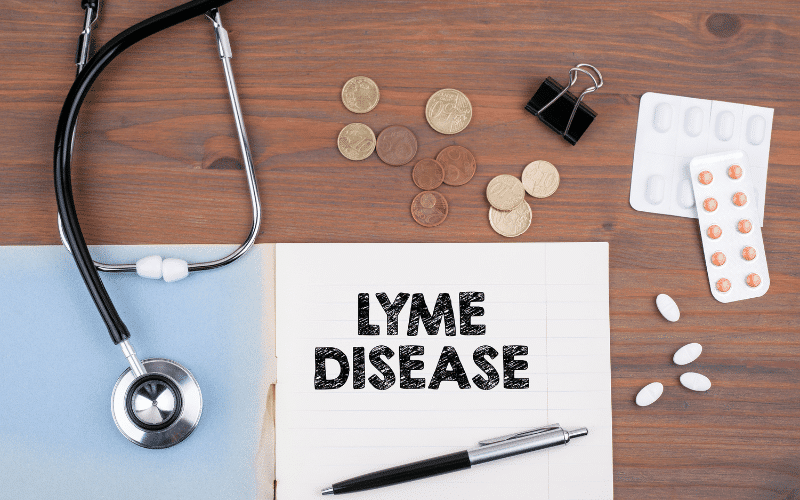Introduction: The Importance of Early Detection
Lyme disease, a tick-borne illness caused by the bacterium Borrelia burgdorferi, is becoming increasingly prevalent in many parts of the world. Early detection and treatment are crucial in preventing complications and ensuring a full recovery. In this article, we will discuss the top 10 early symptoms of Lyme disease and the first signs to watch out for, so you can take immediate action.
Ticks carrying the Lyme disease bacterium are often found in wooded and grassy areas, making it essential for outdoor enthusiasts to be aware of the risks and symptoms. The disease is transmitted when an infected black-legged tick, also known as a deer tick, bites a human, introducing the bacteria into the bloodstream.

While some individuals may not experience any symptoms or have mild, flu-like symptoms, others may develop more severe complications if the infection is left untreated. The progression of Lyme disease can lead to joint pain, neurological problems, and heart complications. Therefore, recognizing the early symptoms is crucial for prompt diagnosis and treatment.
In the following sections, we will delve into each of the 10 early symptoms, providing a detailed description and tips for recognizing them in their earliest stages. Keep in mind that the presence of one or more of these symptoms does not necessarily mean you have Lyme disease, but it should prompt you to consult with a healthcare professional for further evaluation and testing.
Symptom 1. Erythema Migrans: The Classic Bull’s-eye Rash
Erythema migrans, a circular, expanding rash that resembles a bull’s-eye, is one of the most distinctive early symptoms of Lyme disease. This rash typically appears 3-30 days after the tick bite and is present in 70-80% of infected individuals. The rash may be warm to the touch but is usually painless and non-itchy.
The size of the erythema migrans rash can vary significantly, ranging from the size of a dime to the width of an entire thigh. Although the rash is commonly associated with a bull’s-eye appearance, it may sometimes manifest as a solid red or slightly raised rash, making it more challenging to identify. It’s essential to note that not all rashes with a bull’s-eye appearance are caused by Lyme disease, and other conditions, such as spider bites or ringworm, can mimic this pattern.
The rash usually expands slowly over several days and can last up to several weeks if left untreated. In some cases, multiple erythema migrans rashes may appear on the body, indicating that the infection has spread through the bloodstream. If you notice a rash resembling erythema migrans or have been in a tick-prone area, consult a healthcare professional for further evaluation.
Prompt treatment with antibiotics can help resolve the rash and prevent the progression of Lyme disease. It’s important to remember that erythema migrans is a hallmark of early Lyme disease, and timely treatment can prevent long-term complications. (1)